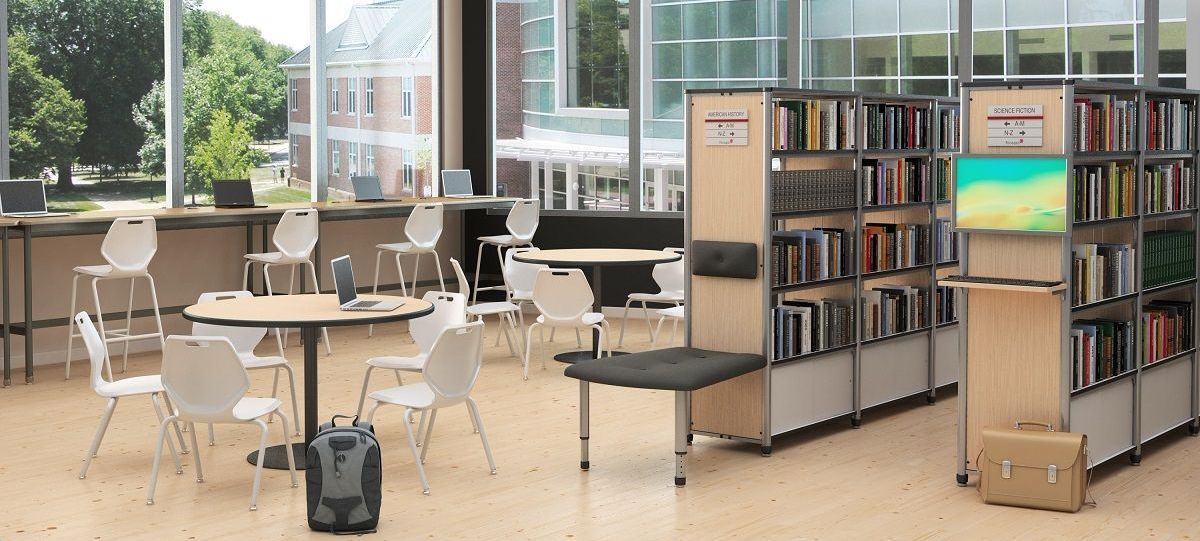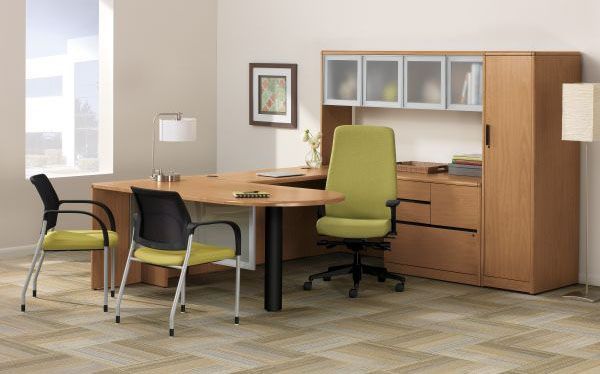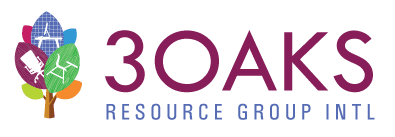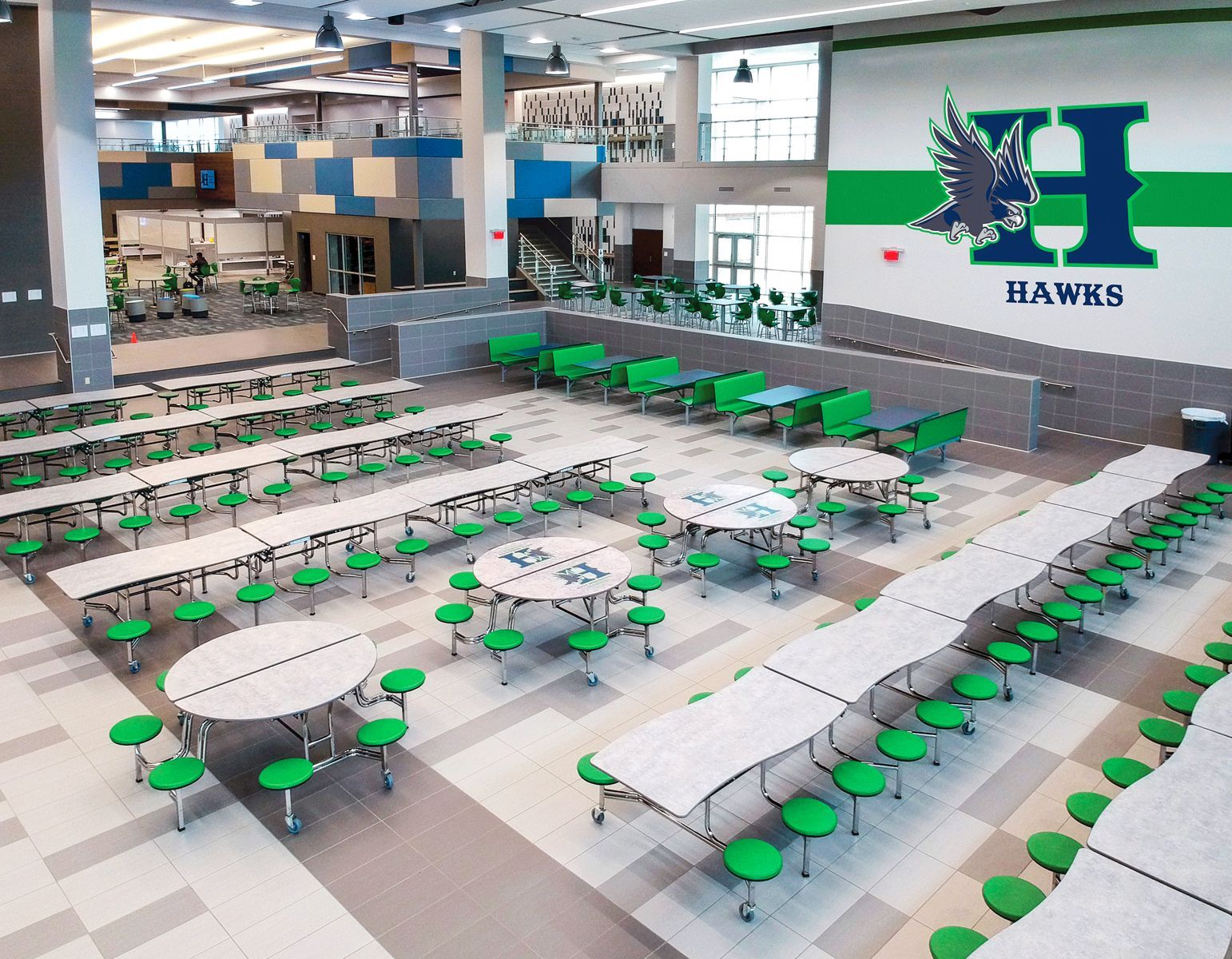Renovating Your School: How to Plan and Execute a Successful School Facility Upgrade
A well-designed school facility can significantly impact student learning and staff satisfaction.

According to a study by the U.S. Green Building Council, 95% of school administrators believe that well-designed buildings positively affect student performance. However, planning and executing a successful school renovation can be daunting. This article outlines key strategies for charter and private schools to undertake successful facility upgrades.
Planning Phase
The first step in any renovation project is comprehensive planning. Schools need to assess their current infrastructure and identify areas that need improvement. Conducting surveys with staff, students, and parents can provide insights into what is needed. A report by the National Clearinghouse for Educational Facilities suggests that engaging stakeholders early in the planning process leads to smoother execution and higher satisfaction rates.
When budgeting for the project, consider the long-term costs of maintenance, energy efficiency, and technology upgrades. Data from the U.S. Department of Energy shows that schools incorporating energy-efficient designs can reduce utility costs by up to 30%, freeing up more funds for educational resources.
Designing for the Future
Modern school renovations should account for technological needs. Classrooms should be flexible, with spaces that can adapt to new learning methods like collaborative group work or project-based learning. According to the International Society for Technology in Education (ISTE), schools that design flexible learning environments see a 15% improvement in student collaboration and problem-solving skills.
Sustainability is also crucial in school design. Incorporating green spaces, natural light, and energy-efficient materials can improve both the learning environment and reduce operating costs. In fact, the Center for Green Schools reports that students in green buildings show a 20% improvement in test scores.
Minimizing Disruptions
Renovation projects can be disruptive, but careful planning can minimize these interruptions. Schedule construction work during school breaks or weekends, and create temporary spaces for learning if the renovation affects classrooms. A report by Edutopia recommends creating a detailed communication plan to keep parents, students, and staff informed throughout the process. This can reduce anxiety and ensure the project stays on track.
Action Items:
- Engage stakeholders early in the planning process.
- Incorporate energy-efficient designs to reduce long-term costs.
- Design flexible, technology-ready spaces.
- Develop a communication plan to minimize disruption during construction.
- Work with a group like 3 Oaks Resource Group to help you plan and design your facility!
A successful school renovation requires careful planning, a focus on future needs, and clear communication with stakeholders. By incorporating energy-efficient, flexible designs and minimizing disruption, schools can create an environment that enhances both learning and staff satisfaction.
Interested in exploring a renovation or working on a new facility? Set up a free consultation with our team to help you through the planning stages.



